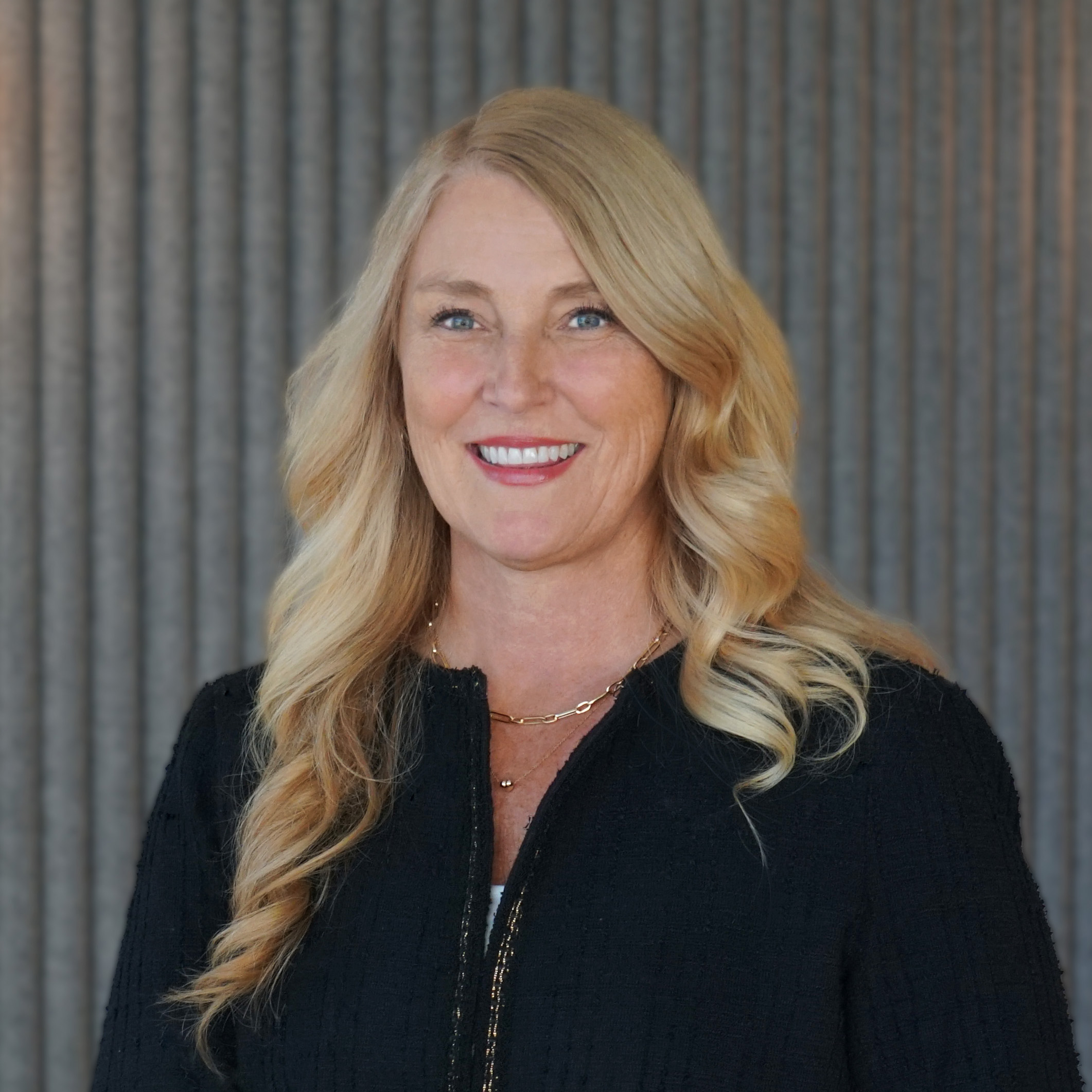Managing Political Differences and Election Anxiety in the Workplace

Related Insights
As we approach another election cycle, the impact of political discourse on workplace dynamics becomes increasingly apparent. Drawing from my 25 years of experience in organizational consulting and leadership development, I'd like to offer some insights on effectively managing political differences and election anxiety in professional settings.
Understanding Election Anxiety
Data from the APA's 2022 Stress in America poll highlights the pervasiveness of election-related stress:
- 57% of respondents cited the 2024 presidential election as a significant stressor
- 76% viewed the future of the US as a significant source of stress
- 66% reported stress related to the current political climate
Keep in mind, this poll was taken in 2022. We can imagine what these numbers would look like now. These statistics underscore the need for organizational strategies to address this issue. Constant exposure to political news and social media, combined with feelings of uncertainty, can trigger anxiety that inevitably affects workplace performance and culture.
The Organizational Impact
In my work with various organizations, I've observed how election anxiety manifests in both individual and team behaviors:
- Decreased productivity and focus
- Disengagement from work responsibilities
- Changes in communication patterns
- Increased absenteeism
- Erosion of team morale
The Importance of Psychological Safety
At Chapman & Co., we emphasize the importance of psychological safety in managing workplace dynamics. This concept becomes even more crucial in the context of political differences. Creating an environment where employees feel secure in expressing their thoughts without fear of negative repercussions is essential for maintaining team cohesion and productivity.
Strategies for Managing Election Anxiety
Based on my experience in executive coaching and organizational consulting, here are some recommended strategies:
- Foster a culture of open dialogue and respect for diverse perspectives
- Recognize and address varying levels of political stress among employees
- Encourage periodic breaks from news and social media consumption
- Invest in leadership training focused on empathetic listening and conflict resolution
- Implement flexible work arrangements to accommodate stress management needs
- Establish clear guidelines for political discussions in the workplace
It's equally important to avoid certain practices:
- Dismissing or trivializing employees' political concerns
- Assuming political homogeneity within your organization
- Allowing polarizing voices to dominate team discussions
- Overlooking signs of increased stress or anxiety in your workforce
Leading During Election Season
Our role as leaders is to create an environment that acknowledges the reality of political stress while maintaining focus on organizational goals. Consider these approaches:
Reinforce organizational values and shared objectives
Bring them back to the main goal. Recommunicate what you are trying to accomplish as a team to create alignment of a shared purpose.
Acknowledge the anxiety
Don't downplay their anxiety, recognize it. If you're feeling anxious too, acknowledge it. Showing up caring and honest with your team builds trust and credibility.
Offer assistance or stress management resources
Sometimes, people need help dealing with their anxiety. Perhaps it's a matter of learning how to manage stress. Or, it might be a team learning how to communicate better. Think about what your team needs to stay focused on their biggest goal while still recognizing that they're human beings in the world of work.
Set clear expectations
Remember that it is OK to set boundaries. In fact, it can be productive. Communicate when people are NOT going to have to focus on the election. For example, "You can talk about this during lunch or break, but we are not going to talk about it in our team meetings or during the normal course of our work."
Create inclusive environments
Remind your team everyone should have a voice. If people want to speak up and share their perspectives, ensure they are allowed to do so. Expressive team members can dominate conversations; it's important to make space for less expressive people, even if they don't end up sharing.
Lead by example
As a leader, it's important to remember that people are watching you to signal how they should respond. While your voice can also be heard, remember it may be louder than you realize. Remaining calm, professional, and level-headed is crucial to creating an environment for productive conversation.
Provide historical context
Kevin Smith, a political science professor at the University of Nebraska-Lincoln, recently talked about the importance of people understanding what a democracy really is, how it functions, and what our institutions do. Bring light to the facts, not just the feelings. Remind your team that while this election may feel stressful, as a country we have done this before, and we will get through the 2024 election regardless of what happens.
Conclusion
Navigating political differences in the workplace requires the same strategic mindset we apply to other organizational challenges. By fostering psychological safety, implementing evidence-based leadership strategies, and maintaining a focus on shared goals, we can create work environments that respect diverse opinions while preserving productivity and team cohesion.
With thoughtful leadership and a commitment to open, respectful dialogue, organizations can not only weather political storms but emerge stronger. Our ability to navigate differences constructively ultimately strengthens our teams and organizations.
Need additional support leading during times of uncertainty? Contact us to explore how we can help.






